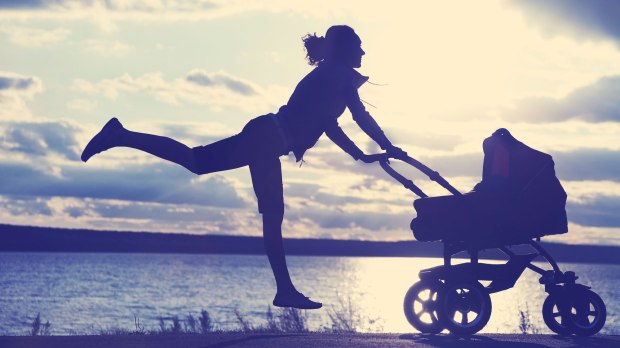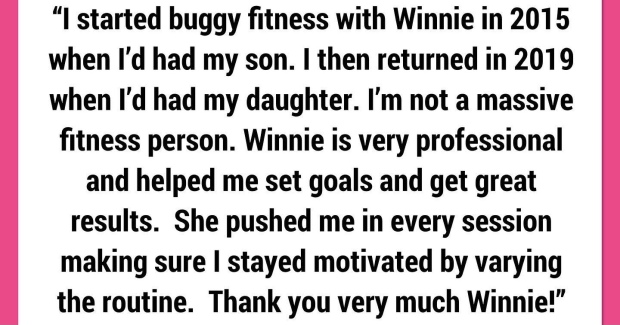 Summer is just around the corner. If you have spent the winter exercising in the gym, or working out at home with fitness DVD, now is a good time to head outdoors and refresh your fitness routine. So why is outdoor fitness good for you?
Summer is just around the corner. If you have spent the winter exercising in the gym, or working out at home with fitness DVD, now is a good time to head outdoors and refresh your fitness routine. So why is outdoor fitness good for you?
Top 5 benefits of exercising and training outdoors:
1. Boost your endurance, stamina and tone your whole body for FREE
So there are lots of fancy machines, equipment and classes at the gym. But let’s face it, not everyone has a gym membership, or has the time to travel to a gym. The good news is, you can get an AWESOME outdoor workout using your own body weight, and it’s free! There are so many exercises you can do outdoors. Different variations of squats and hill sprints are just two of my favourite exercises that you can do without any equipment. I also love to work my upper body with push-up using a park bench and mix in some step ups too. Interval training is also fantastic to improve endurance and stamina.
2 Psychological benefits – the feel good factor
Exercising outdoor not only keeps you healthy and fit physically, it also works wonder for your mood. The green environment and fresh air helps delivering oxygen to our body, combat stress, declutter our mind, feel positive, motivated and energized! It also helps focus on our workout and reconnect with our mind and body. For mummies with buggies, fresh air and change of scenary are fantastic for your babies too!
3. Burn more energy
Certain weather conditions are known to boost your energy burn during a workout. Resistance from the wind, for example, makes you work harder while running and cycling as your body needs to counter-balance the added resistance. Your body also burns more energy while exercising in the cold compared with working out in a warm environment. The varied terrain and slopes also makes the workout more challenging, keeping your core hard at work!
4 Sunshine
Not only sunshine cheers you up and gives you an instant lift in the mood, our body creates vitamin D from direct sunlight on our skin. Vitamin D helps strengthen the immune system and makes bones stronger. Sunlight also boosts the levels of endorphins, aka the feel good hormones, and helps prevent depression. The best time of the year to get vitamin D from sunlight is from March to October. 20 minutes in the sun is enough exposure for an adult to see the benefits. To protect your skin from sunburn, don’t forget to apply suitable sunscreen before a workout.
5 Get your family involved
Keep your family fit and active by heading outdoors! Let the kids run around, play a ball game with the kids, there are so much activities to choose from. It really helps motivating each other in staying active, and creates a foundation of healthy living in the family. Why not make it a regular weekend activity and spend some quality active time together?
Related article: Outdoor fitness sun safety tips




 Summer is just around the corner. If you have spent the winter exercising in the gym, or working out at home with fitness DVD, now is a good time to head outdoors and refresh your fitness routine. So why is outdoor fitness good for you?
Summer is just around the corner. If you have spent the winter exercising in the gym, or working out at home with fitness DVD, now is a good time to head outdoors and refresh your fitness routine. So why is outdoor fitness good for you?